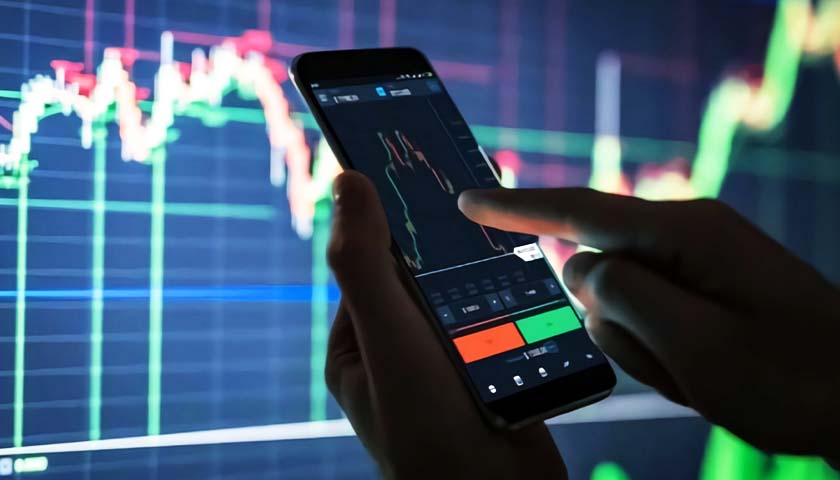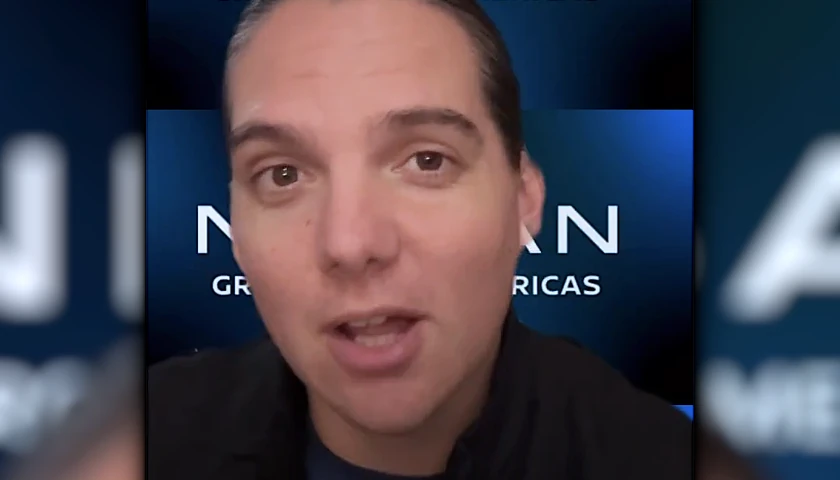by Matt Hirsch
Now that it’s easier than ever to trade stocks and crypto thanks to apps like Robinhood and Etrade, it’s time to think about other options. People were quick to jump on the crypto bandwagon when Doge went to the moon in early to mid-2021, but the crypto crash later that year reminded everyone what an unsafe investment it really is. For those looking to diversify their investment portfolio, there are options beyond the new-school cryptocurrencies, or the traditional stocks and bonds. Keep reading to learn about exchange-traded funds or ETFs.
What is an ETF?
To put it as simply as possible, an exchange-traded fund is like taking a specific type of investment, say a commodity like gold, and collecting it together in a single group. Instead of buying gold on your own, you can invest in shares of a gold ETF. But why would you want to do that? Well, gold is expensive. To buy a meaningful amount you’d need to invest thousands of dollars. Not to mention you’d now have giant bars of gold lying around your house. You need far less capital to invest in an ETF. (And you don’t have a hoard of gold in your basement like some kind of dragon.)
Okay, but can you dumb it down a bit more?
It’s okay, this stuff is confusing. Think of it this way. Imagine an ETF as a lotto pool. A bunch of people throw in a few bucks to buy as many lotto tickets as possible. If you somehow manage to come up with a winning ticket, you split that money among everyone in the pool. ETFs work in a similar way. Instead of investing in individual stocks (or bonds, or commodities, or whatever the ETF is tied to,) on your own, you’re investing in a group of them. You don’t actually own the stock, but a share of the group.
It gets far more complicated than this. And there are several different kinds of ETFs. But these are the basics.
– – –
Matt Hirsch is a contributor to BoldTV.com








